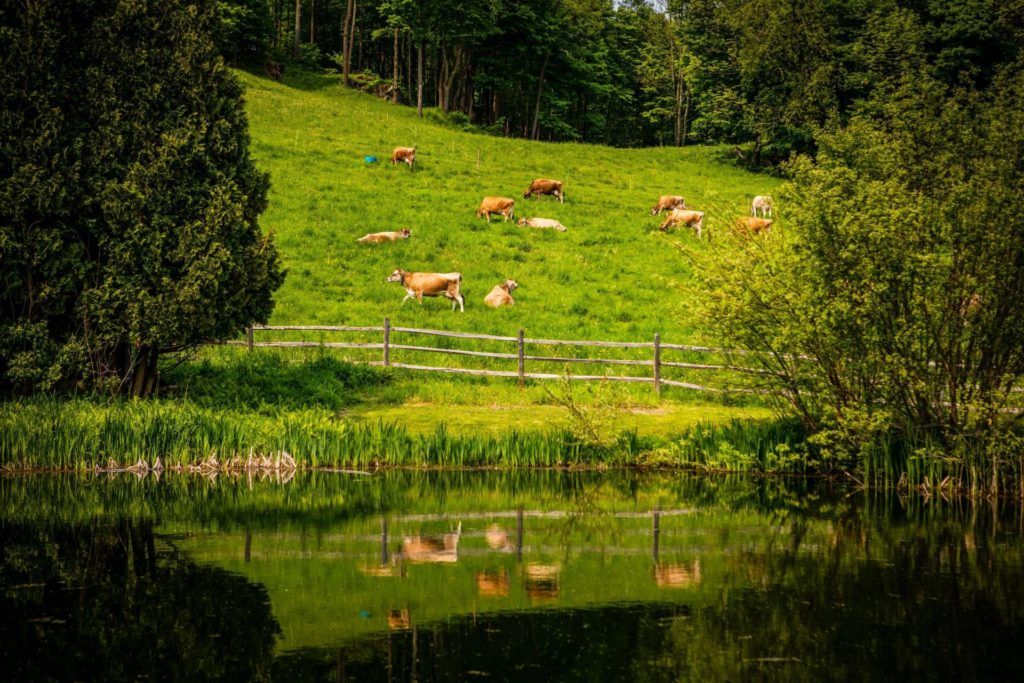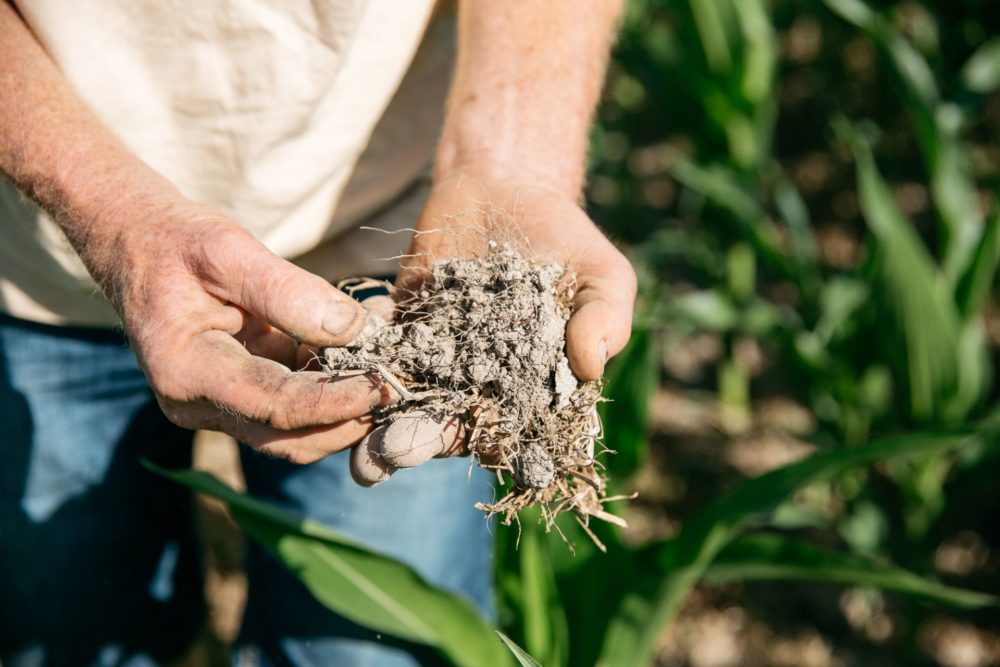Danone was one of the earlier agrifood corporates to make a climate commitment — more than half a decade ago, the company pledged to reach carbon neutrality by 2050.
The “net zero by 2050” promise is more commonplace nowadays. It’s also under much more scrutiny as people ask whether the goal is even possible for large companies to achieve.
Regenerative agriculture is a big part of that for corporates. Along those lines, Danone’s US-based business Danone North America recently released results five years into its regenerative agriculture program.
At a high level, the company claims to source 2.4 billion pounds of its dairy (animal-based) milk from acreage within the regen ag program, representing 75% of its milk sourcing.
“We are very heavily concentrating on manure management, enteric fermentation, as well as soil health and sequestration,” Jennifer Simpson, director of agriculture, Danone North America, tells AFN. “The regenerative agriculture program that we have in place today really allows us to find those projects in order to meet our commitments.”

Defining regen ag
“Regenerative agriculture” has no uniform definition from one corporate to the next, though most share a similar set of practices.
Simpson says Danone North America’s program “revolves around the farm’s ecosystem: looking at the soil, looking at biodiversity, looking at water, and also looking at the carbon aspect.”
“It is also about ensuring economic benefits for the farmers,” she adds.
As to specific practices within regen ag, soil health and animal health are the two main areas of focus.
“Within the regenerative agriculture program last year, we purchased brushes for animals,” says Simpson. “We purchased over 700 cow brushes for the cows to really use. We also purchased calf blankets to keep the calves warm. So they’re using fewer calories to keep warm and more calories to grow.”
Meanwhile, the Soil Health Program aims to restore degraded soils and enrich biodiversity through practices like cover cropping and no-till farming.
Danone North America says the program now encompasses nearly 150,000 acres. Danone brands such as Oikos, Two Good, Silk and Horizon Organic source their dairy and almond milk from these lands.
Farmers have also planted cover crops on more than half (69%) of the acreage, which is well above the national average of just 5%.
Additionally, the program used 370,963 tons of natural manure fertilizer and 516 million gallons of natural manure effluent applied, resulting in a total fertilizer cost avoidance of $7.3 million.
Regen ag reality check
One point Simpson stresses is that regenerative agriculture isn’t an option for every single farm out there.
“Although we would love to implement regenerative practices on all of the lands, sometimes it’s not applicable to certain farm operations,” she says.
For example, because of the western US mega-drought currently ongoing, Danone North America farmers face restrictions around water usage. “We are not able to grow a cover crop because those farms don’t have enough water allocated to the land,” says Simpson.
Soil compaction can also limit practices. “Sometimes a farm is not able to do no-till just because of the way that the soil is,” she notes.
In such cases, Danone works with the farmers to develop alternative practices. “On a farm out west, we may suggest planting turnips in order to break up the soil a little bit instead of going in and doing a full tillage program.”
At the end of the day, it’s about what’s doing best for the land.

Carbon challenges
“The most challenging one for us is for sure the carbon side of things, implementing practices that are going to reduce our carbon footprint on the farm,” says Simpson.
Everything ladders up to the company’s net zero by 2050 goal. Practically speaking, that involves working one-to-one with all farms in the regenerative agriculture program.
“We get together ideas and a list of projects that are going to benefit the farm but are also going to benefit the unknown and our carbon footprint. And all of those projects are then put into a very large spreadsheet, and we are able to then go through and say, ‘yes, this is going to be a priority,’ ‘no, this is not going to be a priority.'”
Danone North America runs every single project through the Cool Farm Tool which helps the company assess its GHG emissions.
“To date, we have already sequestered more than 14,000 tonnes of carbon and reduced over 51,000 tons of carbon within our dairy supply chain for scope three emissions,” says Simpson. The sequestered carbon amount is equivalent to what over 55,000 acres of forestland would sequester and the emissions produced by over 10,000 cars each year. The emissions reduction number is equivalent to the emissions produced by over 36,000 cars in a year, according to the Environmental Protection Agency’s greenhouse gas emissions calculator.
Still, Simpson acknowledges much more work must be done. “There’s no fairy dust to solve it,” she says of the carbon challenge. “We’re starting with the larger projects that are going to have the most impact and are probably the most expensive and then working our way down.”
The company also works to balance its carbon focus with other elements like water stewardship and cultivating biodiversity.
“More work is needed and we’re going to be implementing projects this year and next year to continue to fulfill our goals. We’re really proud of what we have accomplished over the last few years. But we’re going to continue to move forward and continue to even capture more [carbon] with all the projects in the pipeline that we have.”




